Scotland and Haggis: A love undying!!
Some time before the present culinary experts started praising 'nose-to-tail eating', Scots were placing it into training in what is currently their national dish. Haggis gave warming sustenance in wild settings far expelled from any gourmet eatery. Or on the other hand, as cherished eighteenth Century Scottish writer Robert Burns place it in his popular ballad Address To A Haggis: 'Yet stamp the Rustic, haggis-encouraged,/The trembling earth resonates his track.'
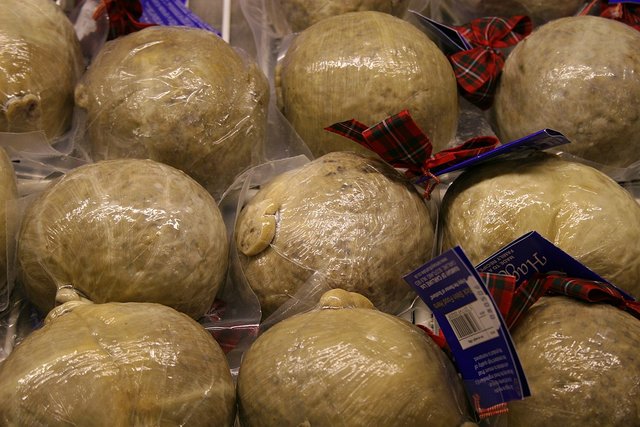
Image Credit
Scotland's famous dish started as a gesture to the necessities of harder occasions, when utilizing however much as could be expected of a killed creature was basic. However, while a few cuts of meat could be salted or dried for protection if not eaten quickly, inside organs were undeniably progressively short-lived. Haggis made utilization of these by placing them into an advantageous common packaging – the creature's stomach – which could then be cooked on the spot.
Yet, check the Rustic, haggis-bolstered, the trembling earth resonates his track
Generally, haggis takes the slashed or minced 'cull' of a sheep (heart, liver and lungs) and blends it with coarse oats, suet, flavors (nutmeg, cinnamon and coriander are normal), salt, pepper and stock. This blend is then stuffed into a packaging – today here and there manufactured instead of a stomach, and never again eaten as a major aspect of the dish – to be stewed for a few hours.
The outcome when set on a plate looks similar to an inflatable swelling brimming with dull meat. It emits an unobtrusive, flavorful smell that takes off superbly when the packaging is sliced open to uncover the hot meat inside.
In its initial days, haggis filled in as a healthy supper for those progressing crosswise over Scotland: whisky-producers transporting fluid gold crosswise over magnificent Highland slopes; vendors shipping products over the rough ocean to the islands of Orkney and the Hebrides; drovers' taking their mammoths from heather-clad fields to sustain hungry urban areas.

Image Credit
In spite of the fact that drovers and whisky-creators never again meander advanced Scotland, haggis is still eaten all year – you can even get it in tins or from cheap food shops. In any case, the one day Scots turn as a group to their dearest dish, serving it up with a gigantic aiding of ceremonial customs, is Burns Night – a dinner held each year to commend the life and works of Scotland's national writer on 25 January, his introduction to the world go in 1759.
Despite the fact that haggis is Scotland's national dish, comparative nourishments – offal immediately cooked inside a creature's stomach – have existed since antiquated occasions. Maybe the principal reference is in Homer's epic sonnet The Odyssey, where an entry talks about 'a man before an extraordinary bursting fire turning quickly along these lines and that a stomach loaded with fat and blood, exceptionally anxious to have it simmered rapidly'.
Other comparative dishes incorporate chireta from the Spanish Pyrenees, the Romanian dish drob (generally eaten at Easter) and Sweden's pölsa. Formulas have even been found for haggis-like dishes in England as far back as the fifteenth Century.
With developing Scottish patriotism focussing consideration on customary nourishments like haggis, contemporary culinary experts are concocting intriguing minor departure from the great dish. Scotland's bounty of deer supports a flood in venison haggis, while the nation's noteworthy Indian populace has motivated haggis pakora, a broiled misuse where the offal can be spiced with ginger, cumin seeds, coriander seeds, turmeric and garam marsala.
Scottish gourmet expert Paul Wedgwood, who runs an eponymous eatery in Edinburgh, has been one of the boldest pioneers in new goes up against haggis. On a 2016 excursion to Peru that corresponded with Burns Night, he made a haggis utilizing a typical meat in that piece of the world: guinea pig.
"The conventional formula is dependably the begin point for making the diverse sorts of haggis, however I likewise consider where on the planet I am and endeavor to incorporate nearby herbs and flavors," Wedgwood clarified. "So when we made the cuy [guinea pig] haggis in Peru we utilized dried rainforest herbs. I included scotch caps [chillies] in the blackbelly sheep haggis I made in Barbados, and added wattleseed to the kangaroo haggis we made in Australia."
Yet, to encounter the enjoyments of haggis in the most suggestive and noteworthy way, a Burns Night supper gives the ideal layout. Here, haggis assumes the featuring job in the vital dinner that incorporates bright ceremonies just as conventional backups.
The main Burns Night was praised in 1801, however hung on 21 July when a gathering of his companions met up at Burns' youth home in Ayrshire to commend his life and accomplishments on the fifth commemoration of the writer's passing, as opposed to the birthday we praise today. These yearly haggis dinners presently go from casual social affairs of loved ones to extensive formal dining experiences.
A customary menu will begin with soup, and the two usually served on Burns Night are rooster a-leekie (utilizing chicken and leek) or cullen skink (like a rich smoked haddock chowder). The haggis is the focal point of the night, generally presented with 'neeps and tatties' – swede and potato – which can be basically bubbled or crushed into a smooth puree that sets splendidly with the unpleasant oaty surface of the haggis.
Three eccentric realities about haggis
You would now be able to purchase haggis-seasoned crisps and dessert.
Lobby's of Scotland made the world's biggest haggis in 2014, weighing 1,010kg – as much as a little vehicle.
Haggis throwing is a real game. In June 2011, Lorne Coltart set the present world record when he heaved a haggis an amazing 66m.
Just as the unmistakable nourishment, there will be whisky. Cooks can make a whisky-based sauce to present with the haggis, just as serving visitors glasses of whisky to go with the feast. It is up to the visitors whether they need to taste the whisky or pour some of it over the haggis on their plate for a touch of additional conventional Scottish kick.
A sweet treat isn't vital on Burns Night, yet one customary alternative is cranachan, a delectable blend of raspberries, cereal and cream in addition to a dash of Scottish heather nectar – and whisky.
Consumes is thought to have composed his well known Address To A Haggis in 1786 preceding a supper at the place of an Edinburgh trader companion when haggis was being filled in as an extraordinary treat, having by then moved from versatile heading out nourishment to celebratory Scottish dish.
For Burns, haggis was a nourishment completely deserving of ascending from its modest roots. He composed with splendid shading and conviction in his popular Address about how it is better toll than numerous a fancier plate, putting down any who might pick 'French ragout' or 'fricassee', or set out 'looks down wi' jeering, scornfu' see/On sic a supper'.
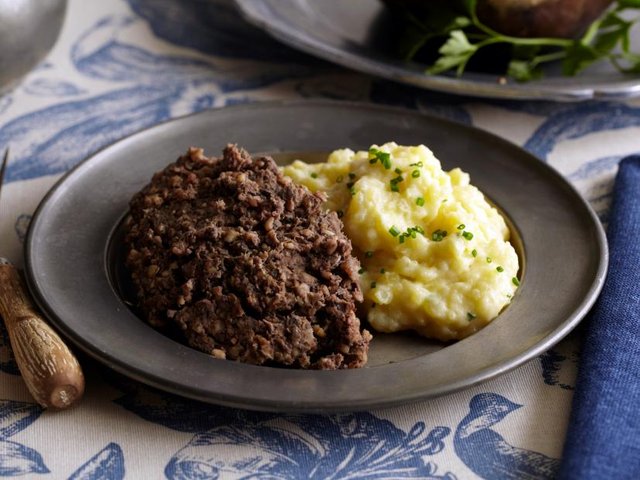
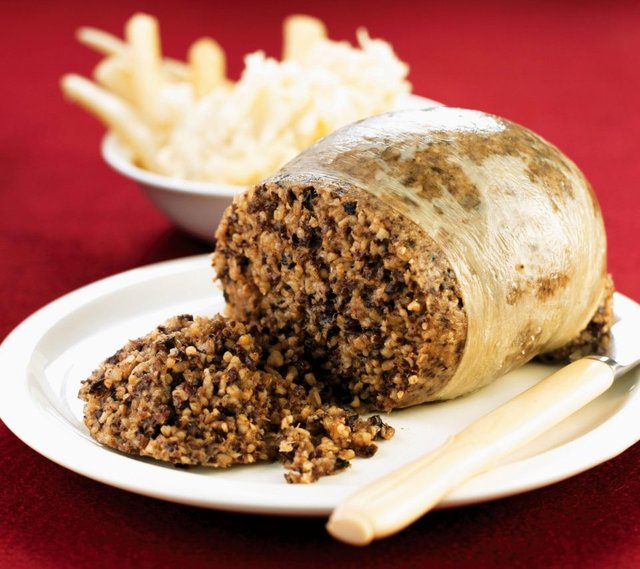
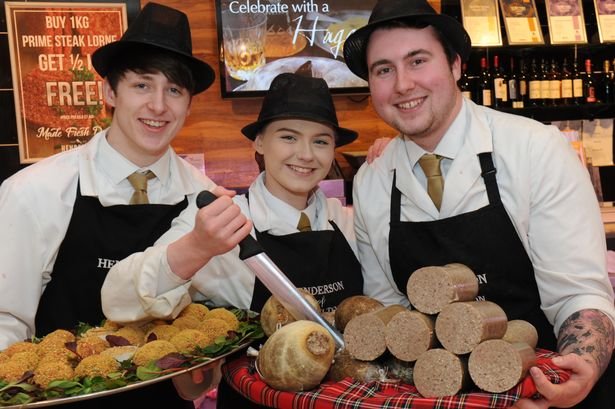
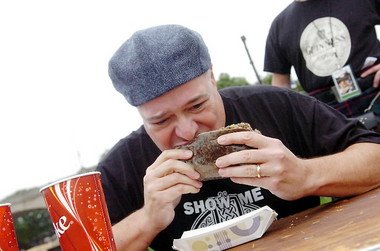
Hello @philmorgan! This is a friendly reminder that you have 3000 Partiko Points unclaimed in your Partiko account!
Partiko is a fast and beautiful mobile app for Steem, and it’s the most popular Steem mobile app out there! Download Partiko using the link below and login using SteemConnect to claim your 3000 Partiko points! You can easily convert them into Steem token!
https://partiko.app/referral/partiko
Congratulations @philmorgan! You received a personal award!
You can view your badges on your Steem Board and compare to others on the Steem Ranking
Vote for @Steemitboard as a witness to get one more award and increased upvotes!